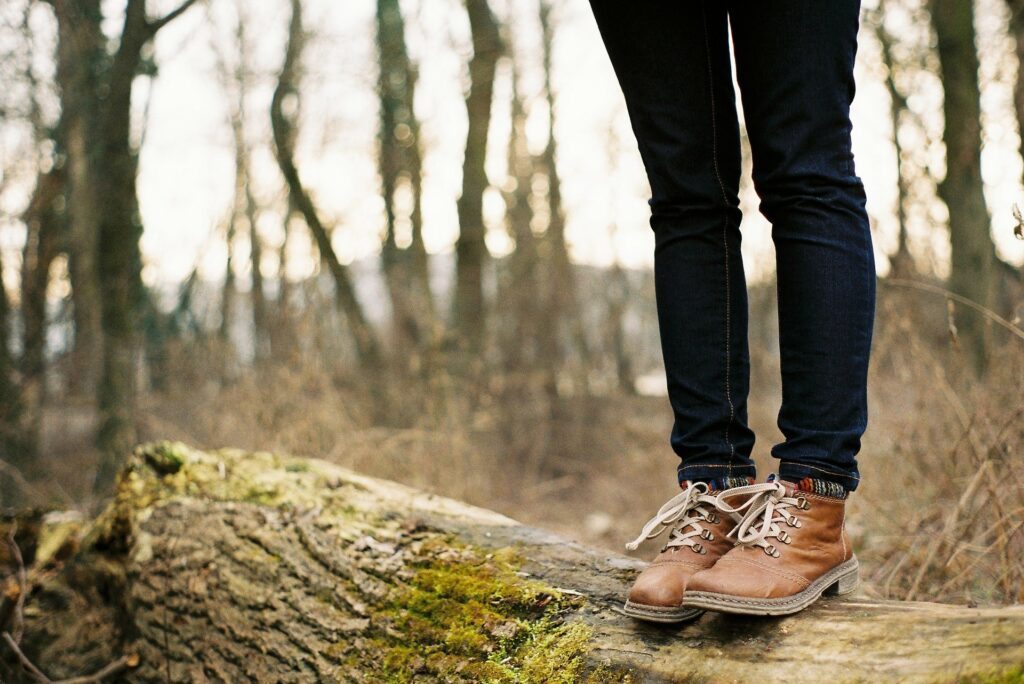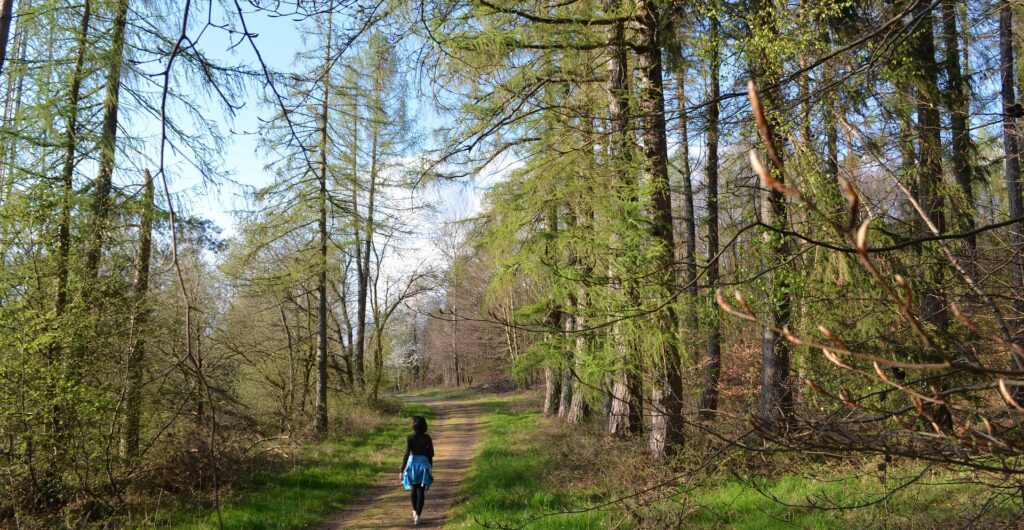Forest Therapy Walks

What Makes a Walk Therapy
Intuitively, we know that spending time in nature makes us feel relaxed and refreshed. Indigenous cultures around the world practice ancient traditions that foster a close connection with the land. More recently, the Japanese wellness practice of Shinrin-Yoku or Forest Bathing, also called Forest Medicine or Forest Therapy, was introduced in the 1980’s to counteract the harmful effects of ‘techno-stress’ and the increasing amount of time that people were spending indoors on screens and detached from nature. Forest Therapy is an evidence-based therapeutic practice of guided immersion in forests with the aim of promoting mental and physical health, while relaxing, enjoying the outdoors, and reconnecting ourselves with nature.

What it is
The experience of a Forest Therapy guided walk is essentially about slowing down both your pace and your mind and connecting with the forest through your senses. While it is a simple and excellent way to reduce stress, it is not always easy to do. That is where a trained Forest Therapy guide can assist you by facilitating your experience through offering invitations that follow a standard flow model. These invitations are skillfully crafted suggestions that help connect you to the forest and its healing capabilities through pleasurable sensory-based experiences.
What it isn't
A guided Forest Therapy walk is not an interpretative nature walk — the focus is on noticing, not identifying. Nor is it a form of exercise, like a hike through the forest, or a social walk for conversation, although there will be opportunities to connect with others throughout the walk.
Structure of a Walk

Forest Therapy walks range in length from 1.5 to 3 hours long, generally covering a distance of 1-2 km. People of all levels of fitness can participate in this easy-paced walk. Although we travel in silence, there is the opportunity to share what we are noticing. During the walk you will be invited to experience various sensory invitations, with no pressure to engage.
How to Prepare
Clothing: Dress in layers and be prepared for the weather conditions; wear suitable footwear for ground conditions.
Equipment: Bring a water bottle and any other seasonal supplies to keep you comfortable, such as bug spray, sunscreen, and a hat.
Mindset: Be open to slowing down, turning off your phone, and awakening your senses — you will be amazed at the results!
Timing: Please arrive at the meeting location 15 minutes early, as we will be starting on time out of respect for people’s scheduling commitments.
